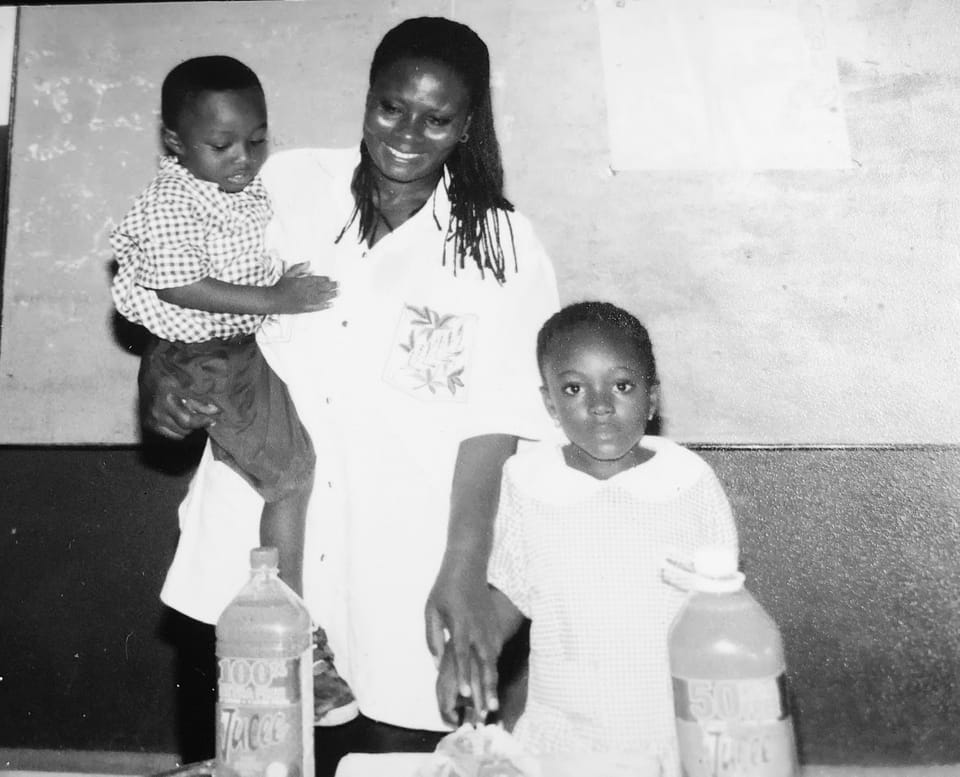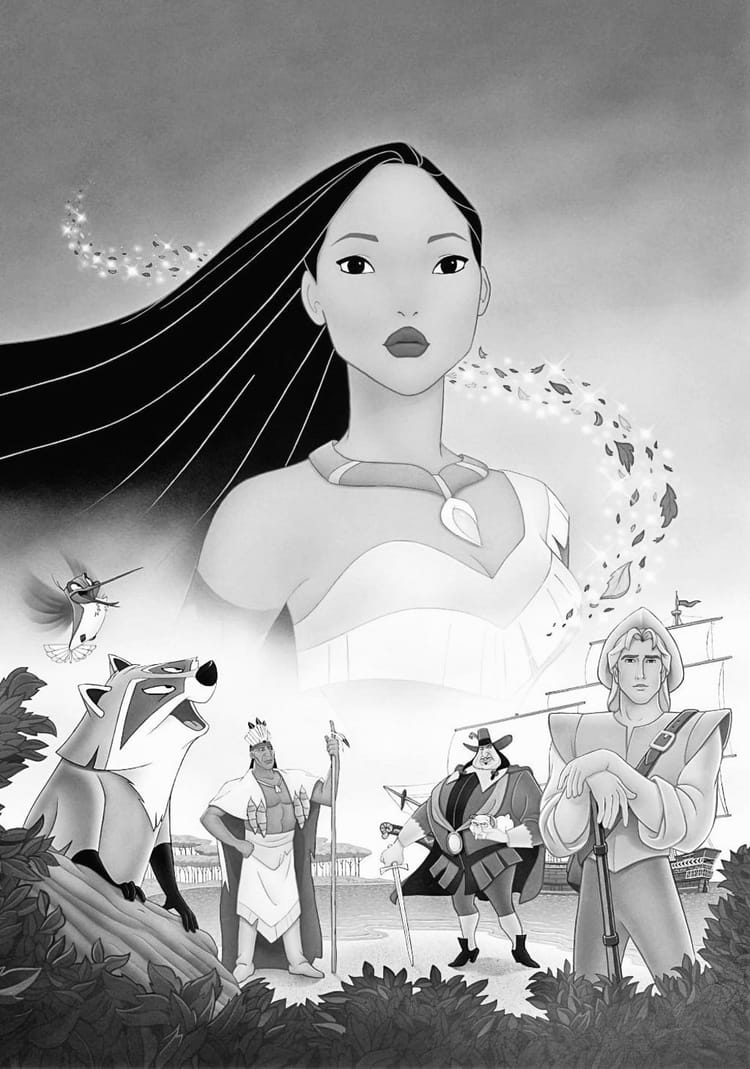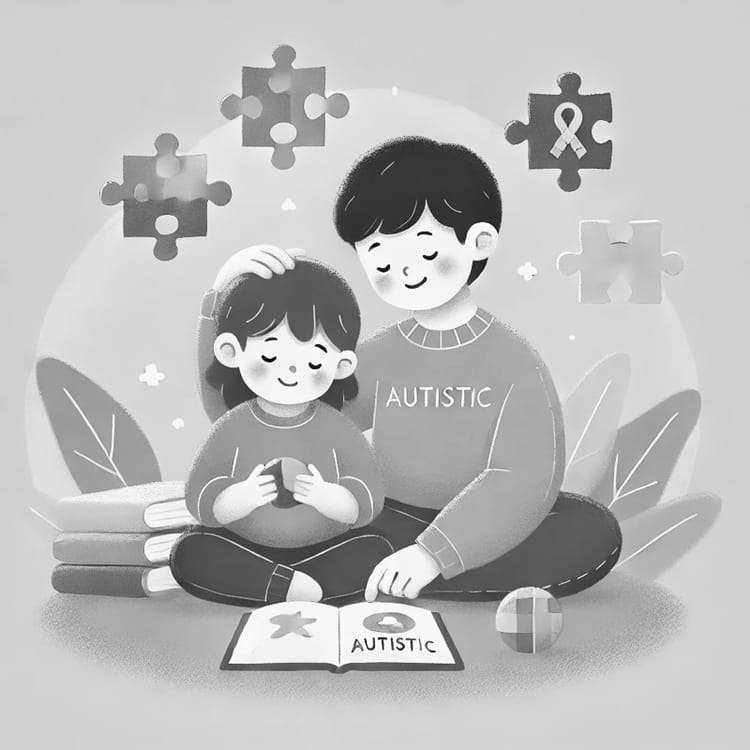Learning Nana’s Language: Understanding Profound Autism

I recently learned something that completely changed the way I understand Nana and the journey we’re on as a family. The type of autism he has is called Profound Autism. I had no idea this was even a category. Like many people, I knew autism was a spectrum. I thought of it more like a scale—somewhere between mild and severe—but I hadn’t realized just how deep and diverse the spectrum truly is.
We often hear the phrase “on the spectrum”—and in many ways, aren’t we all? Every human being exhibits unique behaviours, sensitivities, or ways of processing the world. But what I’ve come to learn is that Profound Autism is a more specific and complex form of autism. It typically involves significant intellectual disabilities, limited communication abilities, and the need for round-the-clock support. Understanding this gave me a new perspective. It wasn’t just a label; it was a lens through which I could better see and support Nana.
This discovery has shifted the way I approach research, and daily interactions (on the days I call home and he gives me attention). Knowing what this means for Nana helps us as a family think more intentionally about how we support him—not just in the day-to-day routines, but in building a life that is safe, joyful, and full of love for him.
One of the most incredible things I’ve found along the way is the growing number of social media accounts and platforms where families, professionals, and even people with autism themselves share their experiences. These online spaces are eye-opening, filled with stories of challenges, breakthroughs, humour, and grace. They showcase the peculiarities, yes—but more importantly, the humanity of every individual on the spectrum.
Seeing that has inspired me. I want to do the same for Nana. I want to tell his story—not just the clinical parts, but the moments that make him him: the smiles, the sounds he makes when he’s excited, the way he flaps his hands when he’s happy, the things that calm him, and the little victories we get to celebrate.
This is not a journey I ever expected, but it’s one I feel incredibly honoured to walk. And now, with a clearer understanding, I feel better equipped to walk it with love, curiosity, and hope.



Member discussion